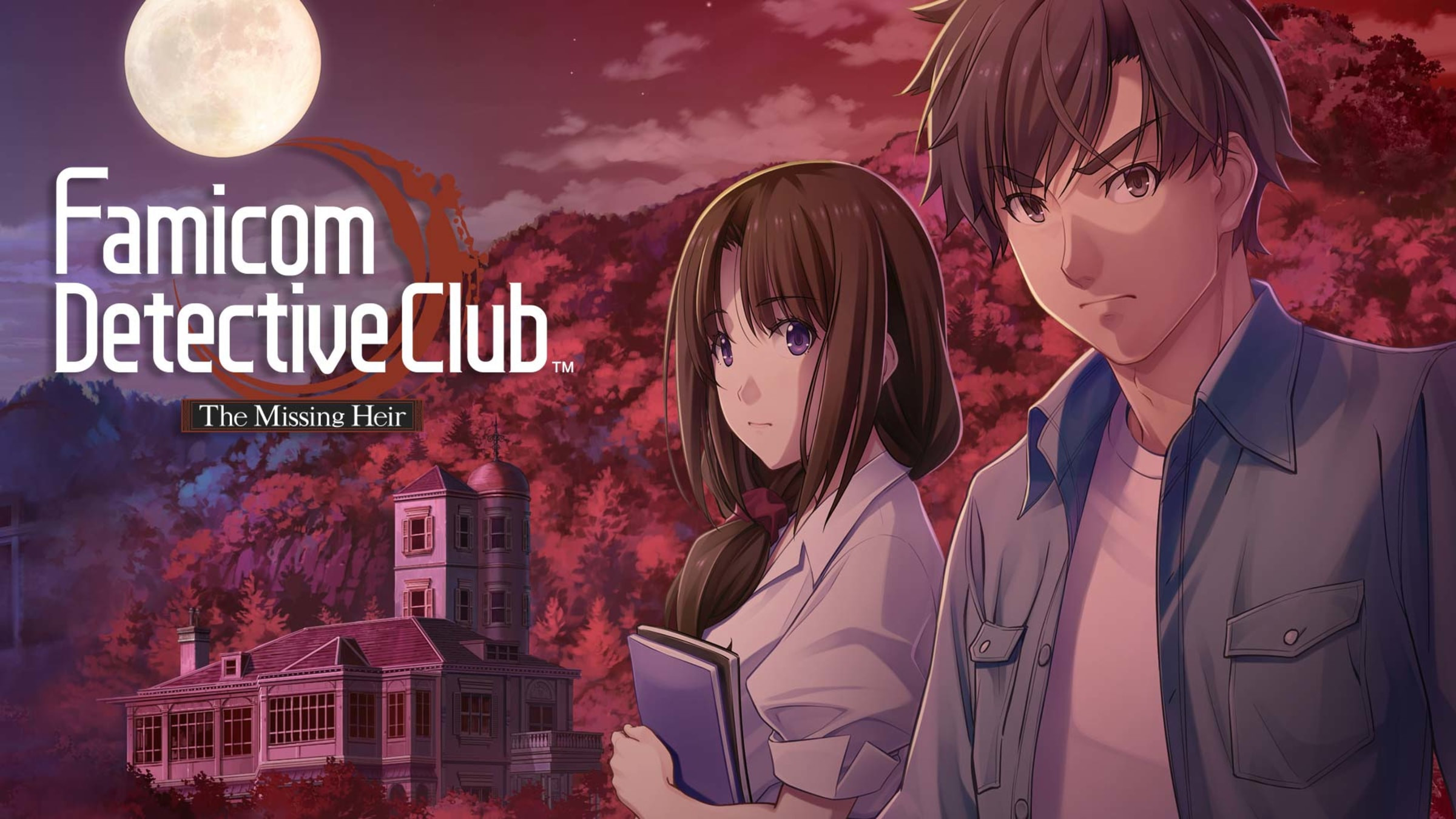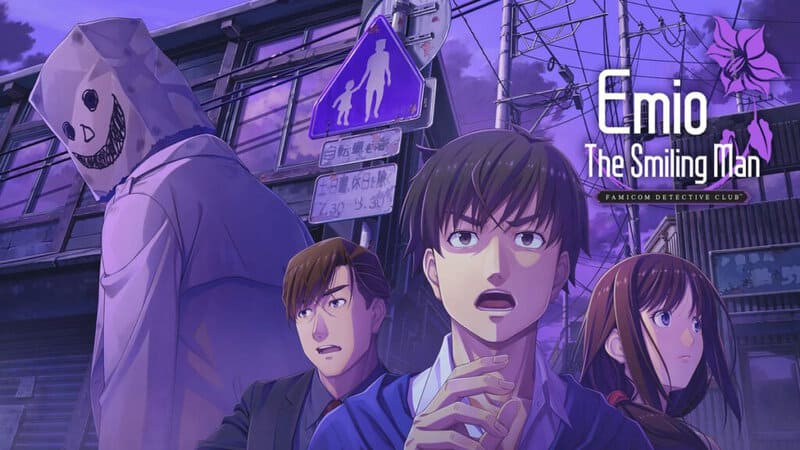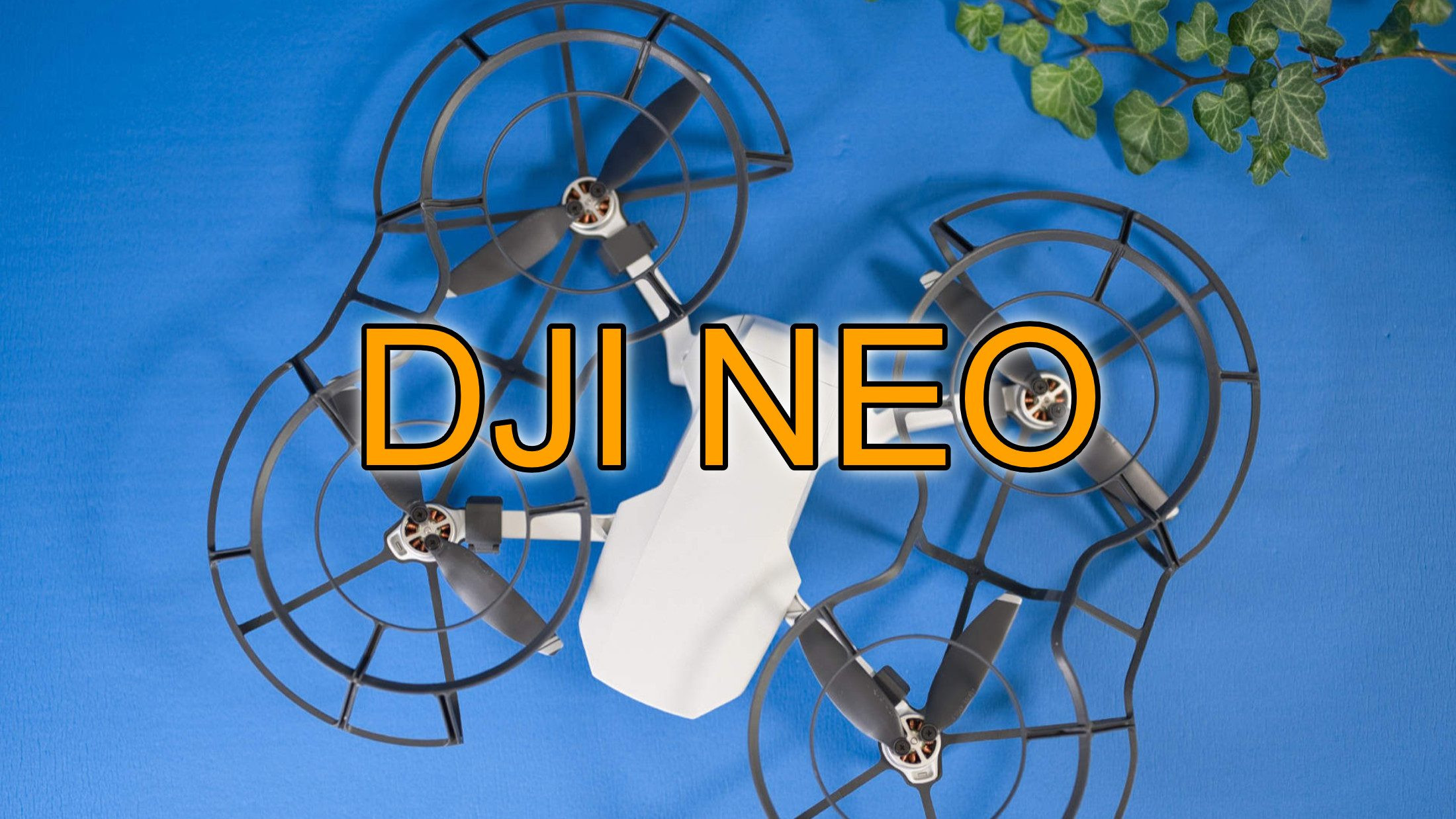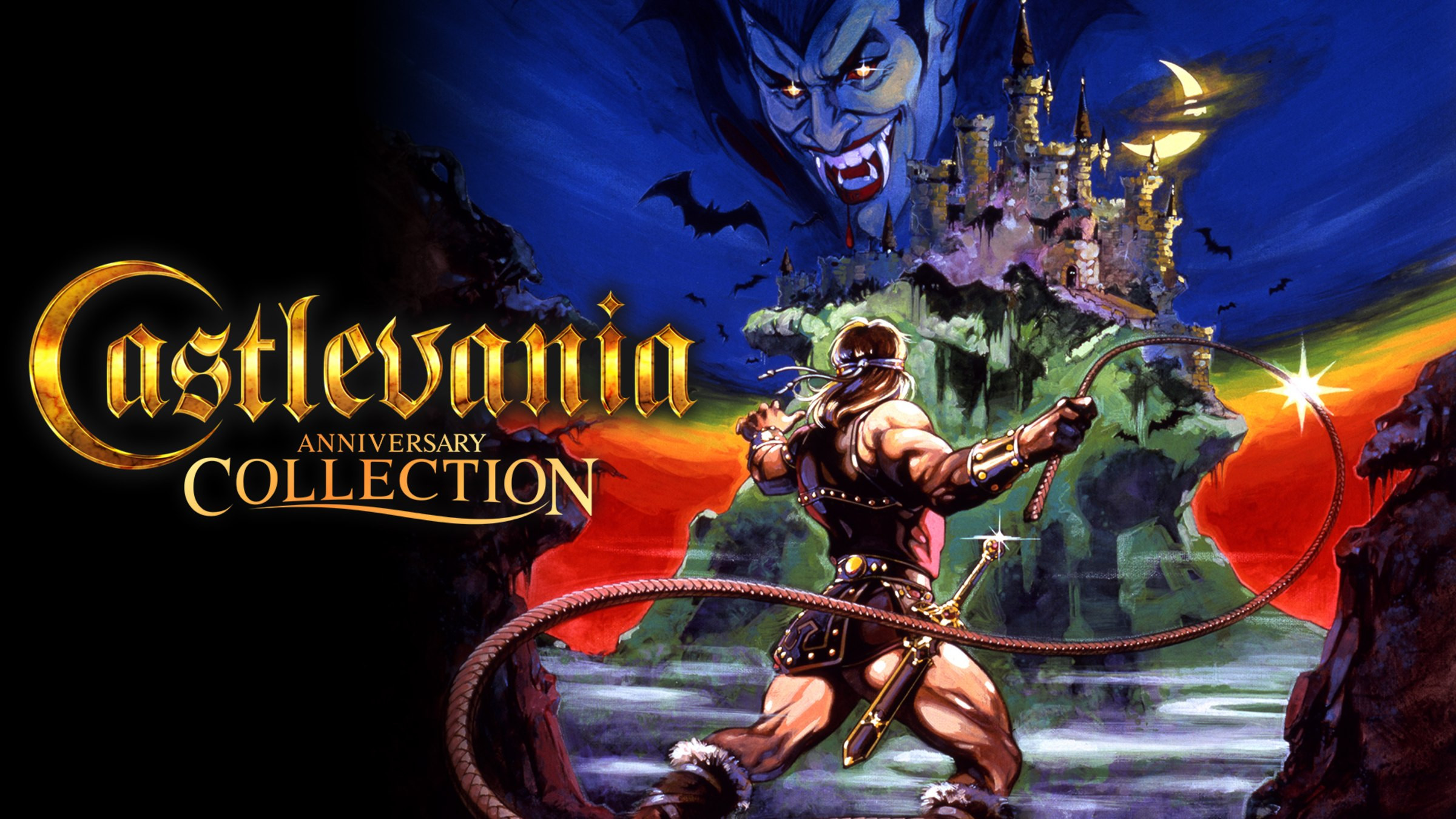Following a few cryptic teasers, Nintendo officially announced Emio – The Smiling Man: Famicom Detective Club in July 2024. The game itself is the fourth entry in the Framicom Detective Club series of murder mystery visual novels. It was released as a Nintendo Switch exclusive on Thursday, August 29.
The game launched to an immensely positive critical reception, as underlined by the fact that it presently boasts a "Strong" rating on OpenCritic. That label is derived from its aggregate score of 79 and a 71% reviewer recommendation rate. This makes Emio – The Smiling Man: Famicom Detective Club one of the highest-rated Nintendo Switch exclusives of 2024. Paper Mario: The Thousand-Year Door and Shiren the Wanderer: The Mystery Dungeon of Serpentcoil are so far the only two Switch-only titles that have been released since the turn of the year and managed to get an even stronger critical reception.
Critical Reception
The Smiling Man: A Legacy Of Terror
Who is Emio – The Smiling Man?Solve the tragic death of a student, where a creepy clue recalls cold cases from the past and an urban legend about a killer with a disturbing modus operandi.“I can give you a smile that will last forever”Student Eisuke Sasaki has been found dead in a chilling fashion, with a smiley-faced paper bag over his head. This unsettling visage bears a striking resemblance to a recurring clue in a string of unsolved murders from 18 years ago—as well as the urban legend Emio, a.k.a. the Smiling Man, a serial killer said to grant his victims “a permanent smile.”Does the Smiling Man really exist…or is a new culprit continuing his legacy?As a member of the Utsugi Detective Agency, you’ve been tasked with investigating the events that led to Eisuke Sasaki’s death. Along the way, scrutinize the clues and testimonies you gather for potential connections to the gruesome events of the past.
Development: A Collaborative Effort
Did you already know that you'd be developing this game, Emio – The Smiling Man: Famicom Detective Club, when you were working on the remakes for Nintendo Switch?
Sakamoto: Not at all. We hadn't decided to develop a new Famicom Detective Club game when we were working on the two remakes.
Miyachi: Sakamoto-san, after completing the development of Famicom Detective Club PART II: The Girl Who Stands Behind for the Family Computer Disk System, you said you couldn't write any new stories, right?
Sakamoto: Yes, I did. I was declaring to the whole world my inability to keep writing–most recently I even said it in an art book (13). (Laughs) But the desire to create something new again was always in my heart.
I was gathering ideas in my mind, and one of the ideas I had for a long time was a scene in which the victim is found dead with a paper bag over their head, which I thought would be quite scary. So, even though I hadn't started writing the plot at the time, I told Miyachi-san that I was thinking of a story called Emio (smiling man) and she said, “Wow, that sounds interesting!”
(13) The Collector's Edition of Famicom Detective Club: The Missing Heir and Famicom Detective Club: The Girl Who Stands Behind for the Nintendo Switch system came with a special booklet and was available exclusively in Japan at the time of the release. The booklet included development materials and interviews with developers.
Wait, even though you told the world you couldn't write anymore? What changed your mind?
Sakamoto: While I worked on two remakes with MAGES., they became much more than just remakes. Seeing the broad range of expressions and potential to take the animation quality even higher, I began to seriously think about creating something new again and was motivated to write a new story.
Miyachi: A few months after I first heard about it from Sakamoto-san, I asked him, “How is the story about Emio going? I'm looking forward to it!”
Sakamoto: I interpreted this how I wanted: “Someone I've always wanted to rope into development is asking me these questions... I see what this means. She must want to be part of it!” (Laughs) So I thought I'd better get serious about writing this story.
Miyachi: I never said I wanted to be part of the development. I was just genuinely looking forward to it. (Laughs)
Sakamoto: I couldn't develop an entirely new title by myself, but if Miyachi-san was willing to work with me, and if MAGES. wanted to create it together with us, I felt that now is the time to jump in, and I started writing the plot.
A Collaborative Scriptwriting Process
How do you go about writing a game's plot? Is it a smooth process?
Sakamoto: First of all, you need to create a story that's interesting and well structured, with plenty of ups and downs. It becomes the backbone of the plot, so if it's not good enough, I'll rewrite it. On a bad day, I can't write at all. (Laughs) But when I'm on a roll, all sorts of fragmented ideas start to connect, and everything falls into place.
Miyachi: I can't really tell whether he's having a good day or a bad day just by looking at him.
Sakamoto: Right, until I start coming to you with crazy demands! (Laughs)
Crazy demands?
Sakamoto: When my writing isn't going well, I really struggle to make any progress, so when the plot writing is moving along, I get scared that this momentum might fade. I'm not good at coming up with names of places and characters. So if I wanted to think of details to flesh out the story, I'd need to take a break from working on the plot.
But I didn't want to stop. I was hoping for someone I could trust to do the job, so I could ask for their help. And then it came to me, “Oh, I know just the person!” (Laughs)
Miyachi: (Laughs)
I see, so Miyachi-san helped in fleshing out the story's details. Miyachi-san, what kind of requests did you receive from Sakamoto-san?
Miyachi: At first, he asked me to come up with names for the characters and places. But the information I got was so limited that even thinking of a character's name was hard. (Laughs) The only thing I had to go on for each character was a line or two about who they were. I was never told their roles in the overall story, how often they appear, or what events they're involved in. So I asked Sakamoto-san for more details, but he said, “...I can't tell you that.” (Laughs)
Really?
Miyachi: He also asked me to come up with a key event that would kick off the investigation.
This was again without much information?
Miyachi: Here's the brief I got: “An older brother's well-meaning actions towards his sister incur her anger.” That was it. I had no idea when or why this event would occur, or how the incident would begin, so I was at a complete loss. (Laughs) It was definitely a crazy demand.
So I came up with a few ideas, but Sakamoto-san told me, “This isn't right, and that's also not right.” Then, I changed direction and came up with another idea, but he said, “That's not right either. I want the older brother to be more like such-and-such.” (Laughs)
Sakamoto: OK, but I had a good reason for withholding that information. I needed Miyachi-san to read the finished plot for the first time to judge whether it was interesting or not. It would've been pointless if she hadn't read it with a completely fresh mind.
I made sure not to reveal the story's overall flow, but selfishly kept making requests, such as to come up with ideas for key parts of the story. (Laughs) As a result, she came up with location names that give a sense of background and meaning, as well as character names that offer a glimpse into the characters' personalities.
In any case, once we'd locked in the event that would determine the course of the story, we had a burst of excitement, saying “Behold, the miracle of crazy demands!” and so on.
Miyachi: Well, it really did seem like a miracle... Come to think of it, one of the many crazy demands was to draw lots of smiling faces.
I drew several, casting my mind back to my childhood and even drawing some with my non-dominant hand. In the end, he combined the eyes and mouth from two of my drawings, added a nose, and that image was used as the prototype for the smiling-face paper bag that appears in key scenes. (Laughs)
That's a crazy demand alright. I noticed that Sakamoto-san wrote the script for past games in the series by himself, but this time, Miyachi-san was also involved in creating key parts of the story.
Sakamoto: When the lines are written by someone else, I don't feel like they match up with the characters. Until now, I thought it would be more Famicom Detective Club-like if I wrote them myself.
Since the characters' words came from me, I feel like they were a part of my personality, in a way. Which means that no matter how unique a character was, the words that came out of their mouth could never go beyond what I could think of. This time, I wanted to create a fresh new Famicom Detective Club game, but I couldn't see that happening if I wrote the story by myself.
That shows just how strongly you wanted to create something new this time.
Sakamoto: Of course, we had to maintain the unique world of the Famicom Detective Club series, but I wanted this game to be enjoyed by a wider audience. I've used various works as inspiration for my own games, but people from other generations will have experienced different things, and will therefore have different inspirations from me. The words that come from them are something you'd never get from me.
So, by handing over the things I'd been keeping to myself to someone of a different generation, I thought I could broaden the range of expression seen in this Famicom Detective Club game.
I see. So that's when Miyachi-san came on the scene.
Sakamoto: Miyachi-san and I worked together on the remakes of the previous games during the COVID-19 pandemic, and we often communicated via chat. I also had an opportunity to read Miyachi-san's writing outside of the Famicom Detective Club game remakes. Her word choice and sense of rhythm resonated with me. When writing stories for games, I've always valued precise phrasing and how words sound rather than using complicated words like a novelist.
But there's also a certain way of creating Famicom Detective Club games that Sakamoto-san has established over the years, right? I don't think it's something that can be learned overnight, but how did you find it, Miyachi-san?
Miyachi: Sakamoto-san sent me various works that he considers essential in order to illustrate his core values. One day during development, I was surprised to receive several DVDs, some of which were gory or horror-movie-like. Sakamoto-san insisted that I watch them...
I pleaded with him, “These really aren't my cup of tea,” but he insisted, “Please, I need you to watch them.” So I plucked up the courage, and they were...actually quite interesting! I learned so much from them and understood what Sakamoto-san wanted to express.
Sakamoto: The pauses, use of sound, cuts, and cut transitions in the games are all influenced by what I've seen, so I wanted Miyachi-san to watch all those different works to understand where my inspiration came from. That way, I made sure to communicate how I wanted to direct this game from the very beginning. Oh, and Miyachi-san also shared with me what she likes.
Miyachi: I recommended some manga, telling him, “You need to read these – there are tons of dramatic twists and turns!”
Sakamoto: They were definitely very dramatic. (Laughs)
Cinematic Storytelling Techniques
So that’s how you shared your values with each other. By the way, Sakamoto-san, you mentioned that you've been incorporating cinema-like techniques when directing games since the original version of Famicom Detective Club PART II: The Girl Who Stands Behind. Did you already have the direction in mind at the plot-creation stage?
Sakamoto: I did indeed. Even when writing the plot, I try to develop story events while keeping in mind how exactly they'll be expressed. Once the storyline was set, the next step was to buy a type of wooden doll used for drawing and put it in different poses so that I could create an animatic, or animated storyboard, using various images as backgrounds. Although I'm an art college graduate, I can't actually draw... So it took a lot of effort, but that's how I conveyed what I had in mind.
Miyachi: I was very grateful to Sakamoto-san for showing us the image he had in his mind in a way that we could understand at a glance. I could immediately grasp what he wanted to convey.
Sakamoto: In terms of how we direct stories in the Famicom Detective Club series, we always ensure that the killers' thoughts are also fully portrayed. The stories are never about people who kill for no reason. We're always careful to depict the background and state of mind that have driven them to kill.
This changes how players view the story.
I see, so they aren't simply depictions of brutal crimes.
Sakamoto: I personally like scary stories, but I don't like gory depictions of blood splattering about. I find a steady buildup of blood-chilling, unspeakable dread far more interesting. There are scenes where we needed to show blood to fit our intended direction, but I have no intention of making brutality the main focus.
Miyachi: That's one of the specific points that Sakamoto-san would never compromise on. I think there are various ways to portray horror, and it wasn't that we wanted to include a lot of gory scenes. If anything, we both agreed it'd be better to leave room for players' imagination rather than directly depicting such brutal scenes.
Sakamoto: That's not only for ethical reasons, but also because what I've been emphasizing in the Famicom Detective Club series is giving players a sense of psychological fear by depicting an event that makes them think it could happen to them.
By depicting that fear through careful incorporation of cinematic expressions and choosing the right words, pacing, and music, we managed to develop this game all while maintaining the unique atmosphere of the Famicom Detective Club series.
I see. Now I understand what you valued most when developing this new game, and that the core essence of Famicom Detective Club remains unchanged.
Read more in Part 3: New approach, new atmosphere


















